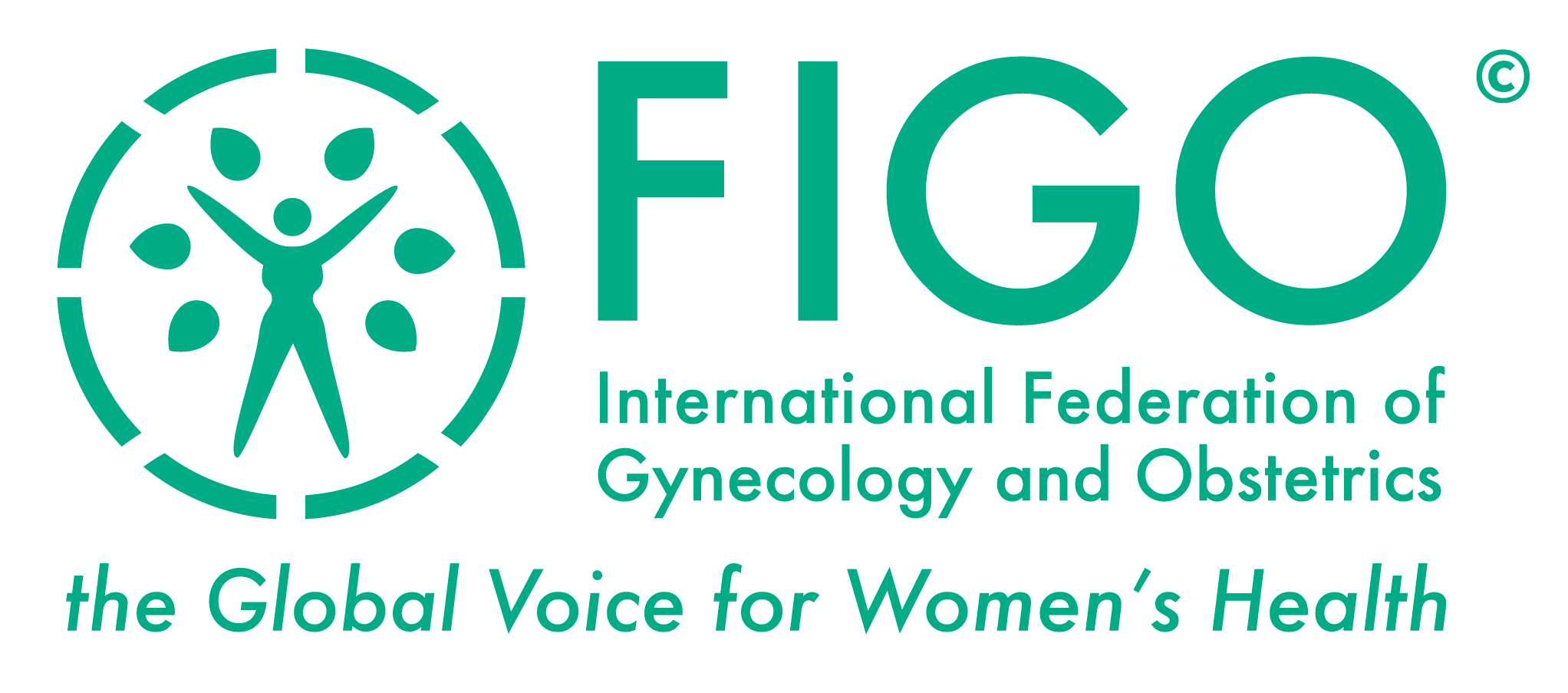Lindborg L. et al. (2009). Influence of HyCoSy on spontaneous pregnancy: a randomized trial. Human Reproduction; 24: 1075-9.
BACKGROUND:
The aim of the study was to test whether the use of sonography contrast could enhance the chance of spontaneous clinical pregnancy in women undergoing subfertility investigation.
METHODS:
Couples with at least 1 year of infertility who were scheduled for a consultation including a hysterosalpingo contrast sonography (HyCoSy) were invited to participate in the study. We compared flushing with water-soluble contrast medium (WSCM) versus no flushing. Randomization sequence was computer generated, stratified for age and group allocation was concealed. Primary outcome was clinical pregnancy defined as a sono graphically visible fetal sac, detected within 6 months from randomization. Secondary outcomes were spontaneous miscarriage and birth. Exclusion criteria were female age >or=40 years, severe male infertility, previously known severe tubal infertility and suspected anovulation.
RESULTS:
The mean age of the study population (n = 334) was 31.9 years. Duration of infertility was 2.1 years. The clinical pregnancy rate was 29.2% in the HyCoSy group and 26.5% in the non-flushing group, the difference being 2.7% (95% confidence interval -6.9 to 12.3%, P = 0.63).
CONCLUSION:
The clinical impression of an enhanced pregnancy rate after performing HyCoSy could not be confirmed. Tubal investigation with sonography using water-soluble contrast has a function as a diagnostic procedure but not in terms of increasing pregnancy rates in subfertile patients.
